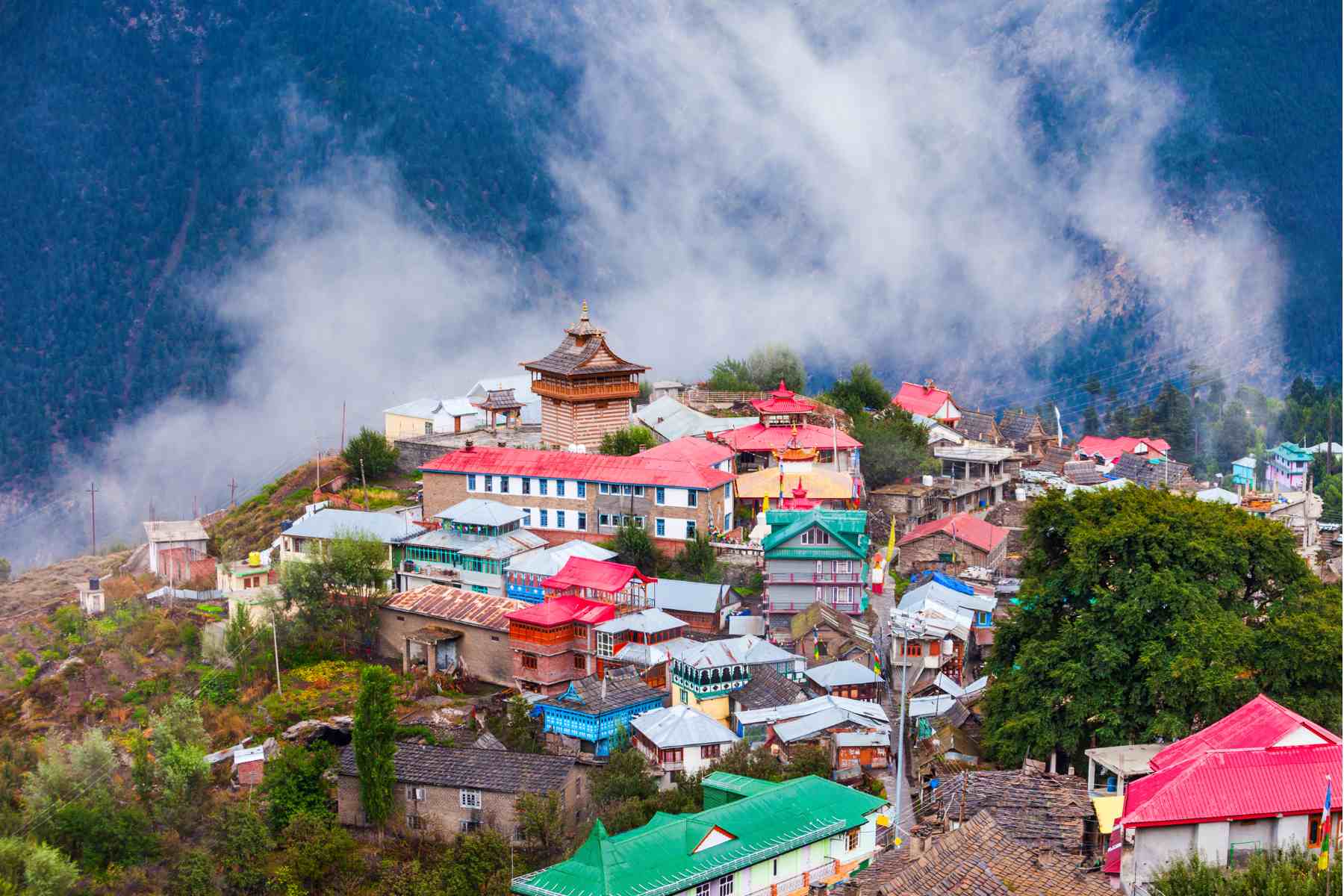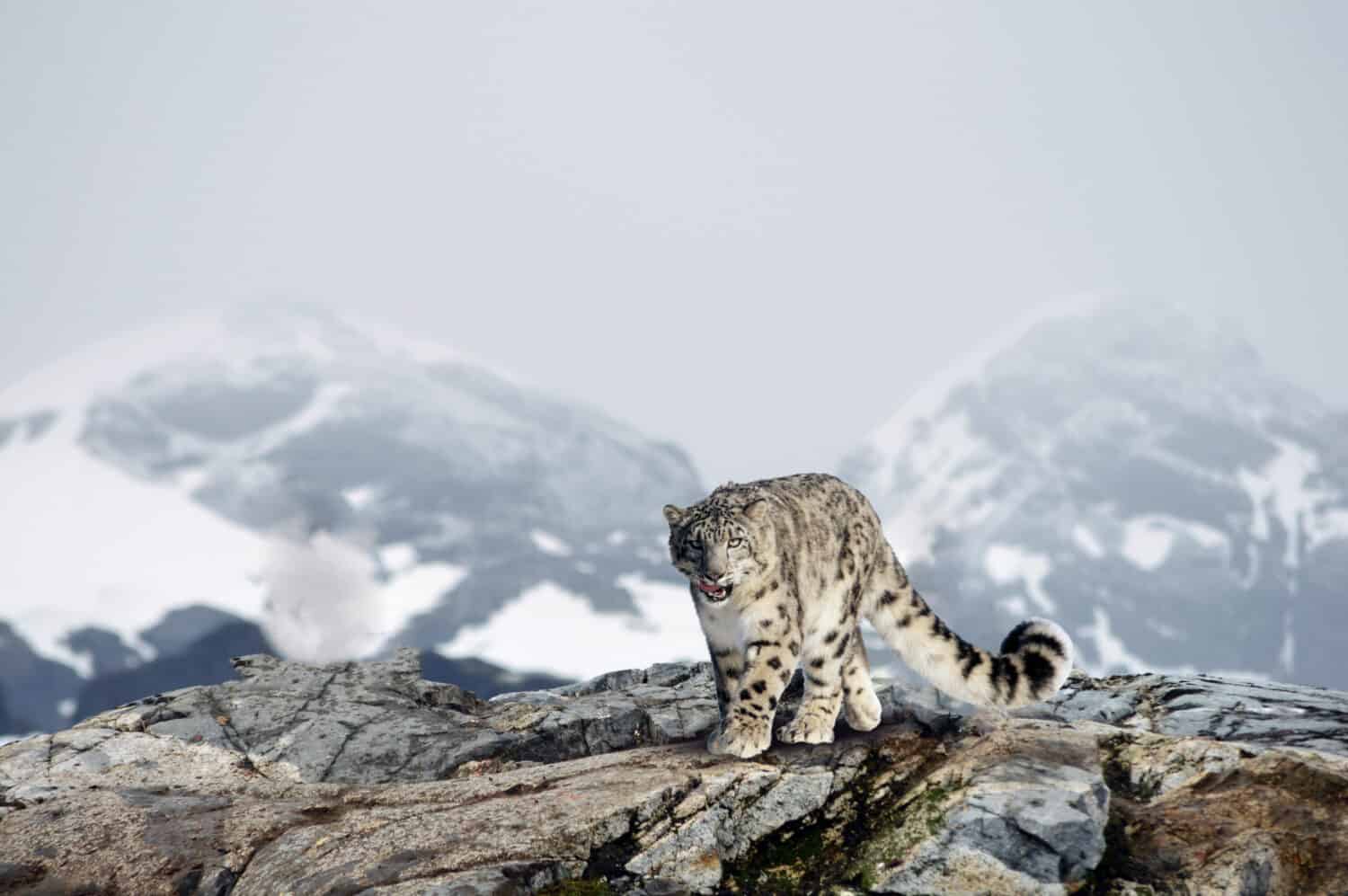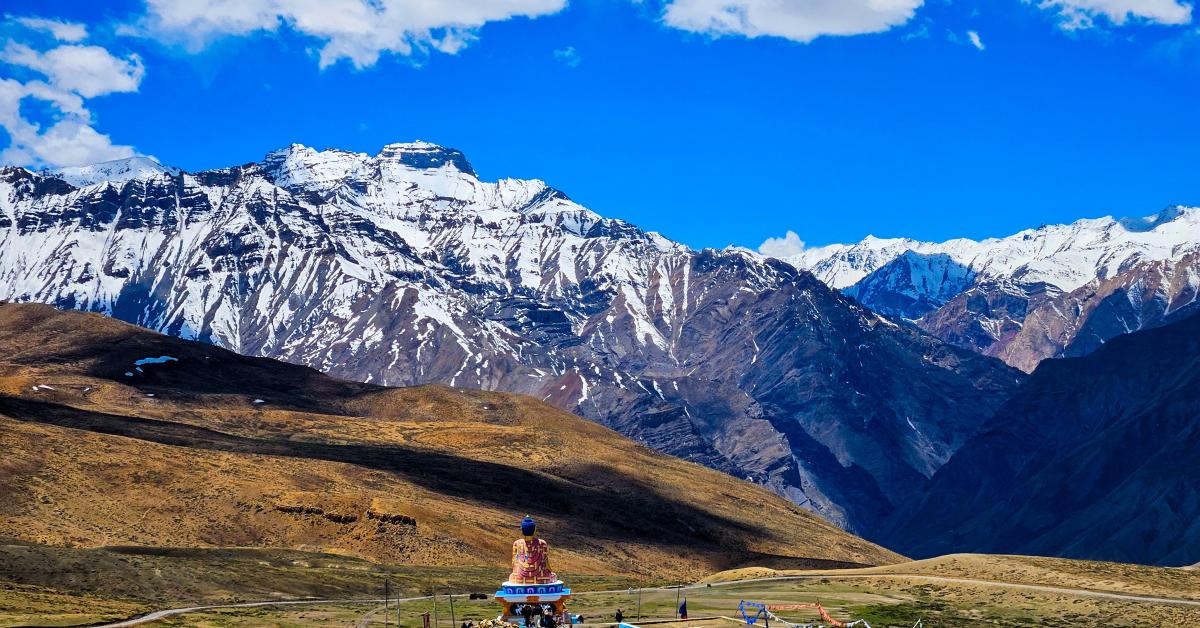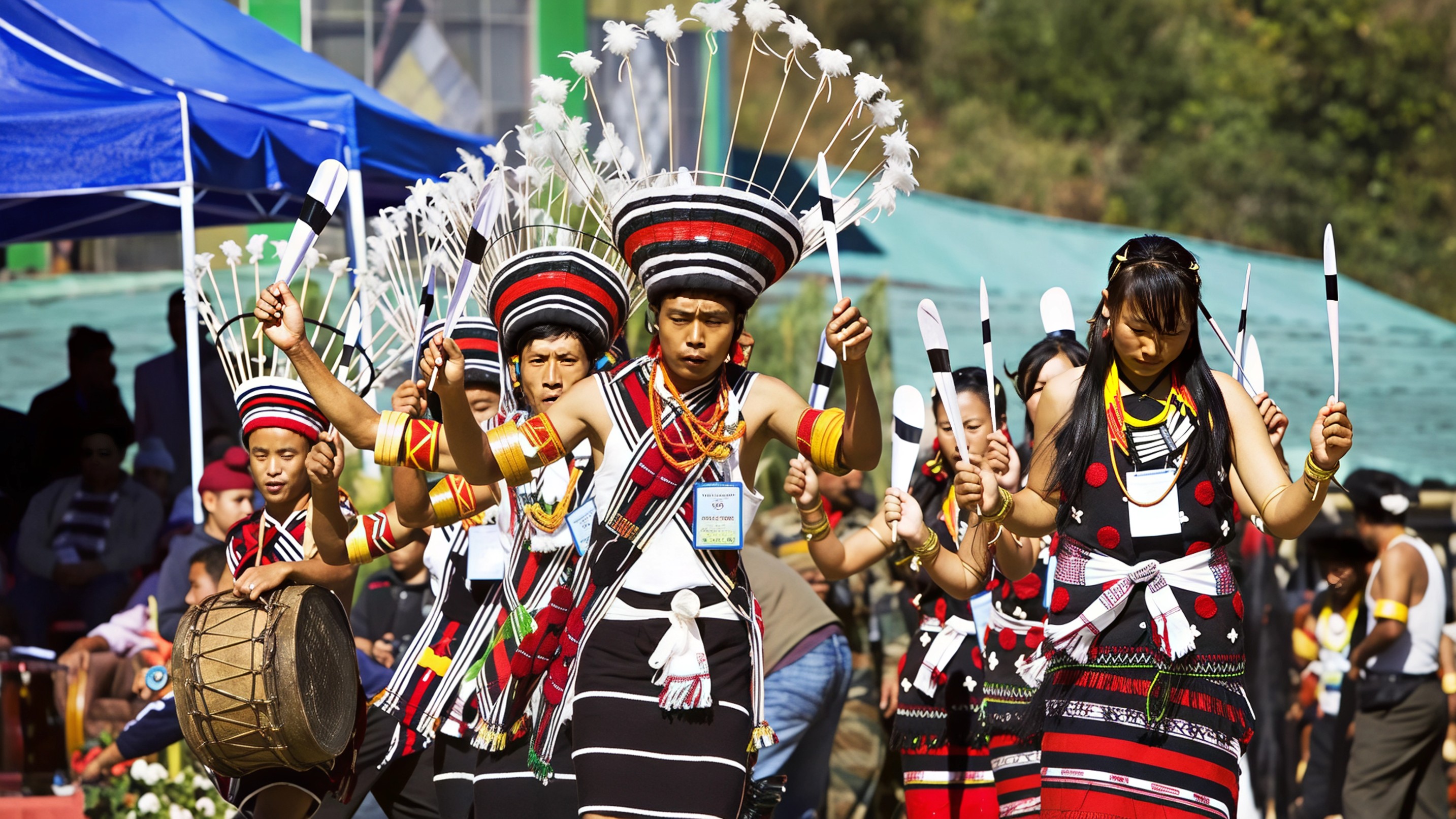A Global Recognition For India’s High-Altitude Desert
India has strengthened its conservation legacy with UNESCO granting biosphere status to Himachal Pradesh’s Cold Desert Reserve in Lahaul and Spiti. Spread across nearly 7,770 square kilometres, this starkly beautiful yet challenging region is one of the coldest and driest ecosystems in the Himalayas. The announcement was made at the 37th session of UNESCO’s International Coordinating Council under the Man and the Biosphere programme, where 26 new biosphere sites across 21 countries were added. With this, India now has 13 biosphere reserves recognised globally.

Officials emphasised that this is the first high-altitude cold desert biosphere in India to join the global network. The inclusion not only places Himachal’s fragile landscapes on the world map but also reinforces India’s growing role in promoting biodiversity preservation and sustainable development.
Geography And Unique Landscape
The Cold Desert Biosphere Reserve lies in the trans-Himalayan zone of Himachal Pradesh, covering altitudes from about 3,300 metres to 6,600 metres. The terrain is a dramatic mix of glacial valleys, alpine lakes, high deserts, and windswept plateaus. Within its vast area are some of the state’s most treasured protected zones, including Pin Valley National Park, Kibber Wildlife Sanctuary, Chandratal Wetland, and the remote Sarchu plains.
Like all UNESCO biosphere reserves, the site is organised into three zones. The core is strictly conserved, the buffer allows research and limited use, while the transition zone integrates communities with sustainable practices. This model ensures both protection of the ecosystem and support for the people who live here.

Wildlife And Human Life
Despite its harsh climate, the Cold Desert is alive with rare biodiversity. Snow leopards roam its rugged cliffs, blue sheep graze across valleys, Himalayan wolves and ibex adapt to its extremes, and over 119 species of birds thrive in its skies. The reserve is also home to medicinal plants and endemic flora that have long been valued in traditional remedies.
Around 12,000 people live in scattered villages within the reserve. Their traditional livelihoods include yak and goat herding, cultivation of hardy crops like barley and peas, and age-old healing practices such as Sowa Rigpa or Tibetan amchi medicine. For centuries, these communities have carefully balanced survival with preservation, guided by local councils that manage fragile resources with deep cultural wisdom.

Conservation Impact And Challenges Ahead
The new UNESCO designation is expected to attract more research collaborations, encourage responsible tourism, and help build climate resilience for Himalayan ecosystems that are increasingly vulnerable to global warming. Union Environment Minister Bhupender Yadav called the recognition a sign of India’s commitment to both conservation and sustainable development, linking it to other international efforts such as expanding Ramsar wetlands.
However, the recognition also brings new responsibilities. The region is already under pressure from changing weather patterns, glacial retreat, and rising tourist numbers. Striking the right balance between livelihoods, tourism, and protection will be crucial. The biosphere model is designed to ensure that conservation and human activity complement rather than compete with one another, but this will depend on strong local involvement and effective governance.

A Step Towards A Sustainable Future
The inclusion of Himachal Pradesh’s Cold Desert Biosphere Reserve into UNESCO’s global network is more than just a symbolic achievement. It is a recognition of the resilience of its people, the fragility of its ecosystems, and the urgent need to preserve them. It is also an invitation to travellers to experience this remarkable landscape with sensitivity and respect.
For those who dream of witnessing one of the planet’s most unique environments while supporting its conservation, the Cold Desert is now firmly marked on the global travel and biodiversity map.
For more updates on India’s most inspiring travel destinations, follow Travel Moves on Instagram and Facebook.








